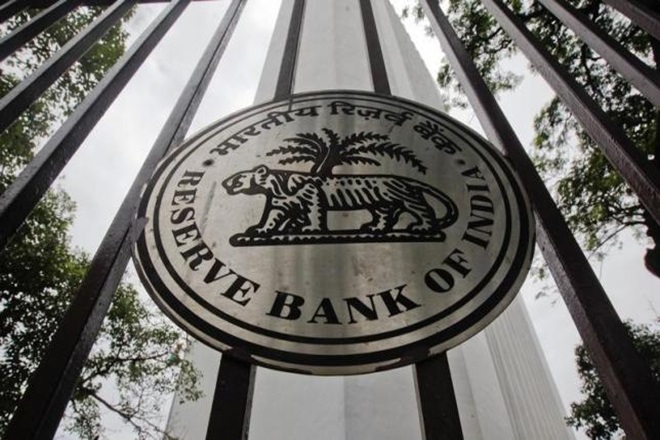The Reserve Bank of India governor Mr. Urjit Patel today released its second quarterly monetary policy review report where it kept the repo rate unchanged but trimmed the Statutory Liquidity Ratio to 50 base points. Here’s an analysis on today’s release.
Key Announcements of MPC:
The Monetary Policy Committee of the RBI today presented its second quarterly report where it kept the repo rate unchanged keeping itself autonomous despite the pressure from the government to reduce the repo rate. The repo rate remained to be at 6.25%. Instead of cutting the repo rate, the RBI trimmed the SLR by 50 BP and reduced it to 20%.
The committee also reduced the inflation forecast to 2-3.5% and after the announcements, both bonds and rupees seen a rise. The 10 year benchmark bond yield was reduced to 6.57% while the rupee grew strong to 9 paise and closed at 64.34. After the announcements, many experts said that they expect a reduction in repo rate in the next policy review of August. The reverse ratio rate remained the same while the growth rate was reduced to 7.3% from 7.4% for 2017-18.
Analysis of the Monetary Policy Review and it Implications:
The MPC said that geo political situations, 7th pay allowance and financial risk may cause a potential risk for inflation rise. Farm loan waivers are other problems that may cause stress on the government and may cause rise in inflation. The MPC said that implication of the GST won’t cause any material impact on inflation.
The MPC also stated that RBI will work with the government to do something on the stress of bank balance sheets. Many experts are expecting a trim in repo rate in the next policy review of August but it doesn’t looks so. The implication of GST will still be a mess at that time and it’s very unlikely that the RBI will reduce any repo rate. Also the lowering GDP has its impact on the RBI policy.
The government expected RBI to reduce the repo rate so that it may help in boosting the GDP as the demonetization drive hampered the growth rate for Jan-March quarter. It will only be seen in the future as what change does the RBI brings in its next policy review on August 01-02.














Pingback: Government and RBI's Plan against NPA and Bad Loans